Enhance the efficiency and productivity of your existing mining operations with STARK’s advanced brownfield optimisation services. Transform your brownfield site into a high-performing asset today.
- Upgrade Infrastructure: Modernise your facilities for better performance.
- Improve Techniques: Implement cutting-edge extraction and processing methods.
- Maximise Resource Recovery: Increase yield and extend the life of your mine.
- Reduce Costs and Impact: Minimise operational expenses and environmental footprint.
We unlock value by increasing profitability and longevity of mining operations.
STARK specialises in Brownfield project optimisation, focusing on existing, mature projects to enhance techno-economic performance. Utilizing strong technical experience throughout the mine-value chain, we aim to optimise operations by reducing All-in-Sustaining Costs (AISC), mainly by innovative implementation of proven technologies. Applying comprehensive advisory, enginnering and construction , we identify critical areas for improvement and prioritise actions based on their modelled impact on cash flow.
We unlock value by increasing profitability and longevity of mining operations.
STARK specialises in Brownfield project optimisation, focusing on existing, mature projects to enhance techno-economic performance. Utilizing strong technical experience throughout the mine-value chain, we aim to optimise operations by reducing All-in-Sustaining Costs (AISC), mainly by innovative implementation of proven technologies. Applying comprehensive advisory, enginnering and construction, we identify critical areas for improvement and prioritise actions based on their modelled impact on cash flow.
Our approach
We help mining companies extend operation life, maximize investment value, and contribute to the long-term sustainability of the mining sector, offering a cost-effective and environmentally responsible alternative to developing new greenfield projects.
Our approach
We help mining companies extend operation life, maximize investment value, and contribute to the long-term sustainability of the mining sector, offering a cost-effective and environmentally responsible alternative to developing new greenfield projects.
A holistic approach that includes due diligence, mine modeling, operational assessments, market analysis, and compliance with environmental, social, and governance (ESG) standards.
A holistic approach that includes due diligence, mine modeling, operational assessments, market analysis, and compliance with environmental, social, and governance (ESG) standards.
By leveraging advanced techno-economic modeling, we mitigate financial, operational, and regulatory risks, providing clarity on strategic decisions' effects on net present value (NPV), return on investment (ROI), and risk matrices. Additionally, our focus on cost-effective plant optimisation and metallurgical solutions, including test work, plant design, and construction, ensures sustainable and efficient resource utilization.
By leveraging advanced techno-economic modeling, we mitigate financial, operational, and regulatory risks, providing clarity on strategic decisions' effects on net present value (NPV), return on investment (ROI), and risk matrices. Additionally, our focus on cost-effective plant optimisation and metallurgical solutions, including test work, plant design, and construction, ensures sustainable and efficient resource utilization.
Through our innovative methods, including ore sorting applications and scalable modular pilot plants, we unlock hidden value in small to medium-sized deposits, enhancing profitability while minimising environmental impact.
Through our innovative methods, including ore sorting applications and scalable modular pilot plants, we unlock hidden value in small to medium-sized deposits, enhancing profitability while minimising environmental impact.
We can effortlessly replace worn-out OEM equipment and get recovery back on track, thanks to our experience integrating new processes into plants.
We can effortlessly replace worn-out OEM equipment and get recovery back on track, thanks to our experience integrating new processes into plants.
Mine-to-mill optimisation cases
By generating extra cash flow, there is less urgency to establish a short-term exploration pipeline, freeing up both funds and time for further exploration endeavors.
Copper Project
+ 3200 t/hr plant, 0,55% Cu, 30% dilution, 93% recovery
+ NPV: $ 390m
+ ROI: 6 months
+ CAPEX: $ 40 m
+ OPEX: $ 0.45/t processed
Gold Project
+ 750 t/hr plant, 1,56 g/t Au. 17% dilution, 88% recovery
+ NPV: $ 37 m
+ ROI: 15 months
+ CAPEX: $ 12 m
+ OPEX: $ 0.45/t processed
Mine-to-mill optimisation cases
By generating extra cash flow, there is less urgency to establish a short-term exploration pipeline, freeing up both funds and time for further exploration endeavors.

Copper Project
+ 3200 t/hr plant, 0,55% Cu, 30% dilution, 93% recovery
+ NPV: $ 390m
+ ROI: 6 months
+ CAPEX: $ 40 m
+ OPEX: $ 0.45/t processed

Gold Project
+ 750 t/hr plant, 1,56 g/t Au. 17% dilution, 88% recovery
+ NPV: $ 37 m
+ ROI: 15 months
+ CAPEX: $ 12 m
+ OPEX: $ 0.45/t processed
Select Gold Projects we've Worked On
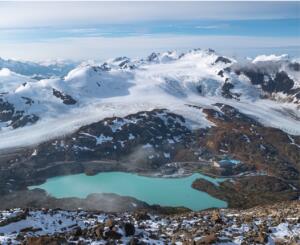
North America, Canada
Capabilities
+ Test work
+ Sorter integration
+ Flowsheet simulation
+ Test work design
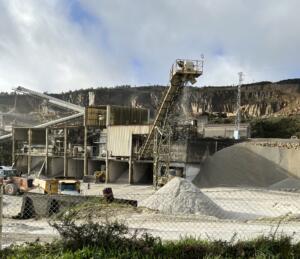
Europe, Spain
Capabilities
+ Metallurgical audits
+ Underground setups
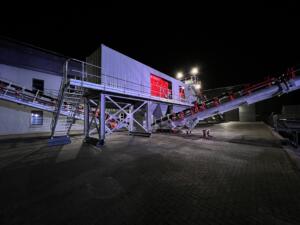
Africa, Tanzania
Capabilities
+ Expedited pilot plant deployment
+ Rapid commissioning in remote location
Select Gold Projects we've Worked On

North America, Canada
Capabilities
+ Test work
+ Sorter integration
+ Flowsheet simulation
+ Test work design

Europe, Spain
Capabilities
+ Metallurgical audits
+ Underground setups

Africa, Tanzania
Capabilities
+ Expedited pilot plant deployment
+ Rapid commissioning in remote location
Benefits of working with the STARK team
+
IDENTIFY CRITICAL AREAS FOR IMPROVEMENT
Increase profitability through innovative methods like ore sorting and modular pilot plants. Extend the operating life of your plant and maximise its investment value.
+
INCREASED
PROFITABILITY
Run your mineral processing operation more efficiently and profitably by integrating RFID tracer technology. Monitor your plant in real-time with no shut down time to introduce the tracers.
+
RESPONSIBLE USE OF RESOURCES
Reduce the negative impact of mining and do as little harm as possible. Reduce waste, don’t lose any ore that will need to be reprocessed and ensure efficient allocation of resources. Improve the safety of your employees.
Benefits of working with the STARK team
+
IDENTIFY CRITICAL AREAS
FOR IMPROVEMENT
Increase profitability through innovative methods like ore sorting and modular pilot plants. Extend the operating life of your plant and maximise its investment value.
+
INCREASED
PROFITABILITY
Run your mineral processing operation more efficiently and profitably by integrating RFID tracer technology. Monitor your plant in real-time with no shut down time to introduce the tracers.
+
RESPONSIBLE USE OF RESOURCES
Reduce the negative impact of mining and do as little harm as possible. Reduce waste, don’t lose any ore that will need to be reprocessed and ensure efficient allocation of resources. Improve the safety of your employees.
Contact us
Any questions?
We are always at your service.

Ryan Szabo
B.Tech Mech Engineering
PROJECT MANAGER
ryan@stark-resources.com
+49 177 242 5901